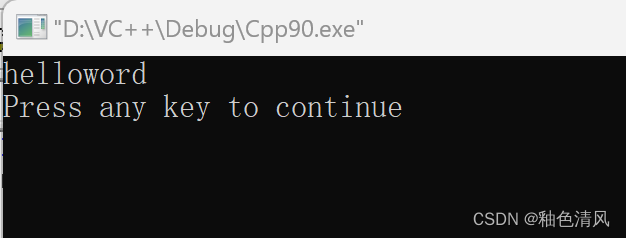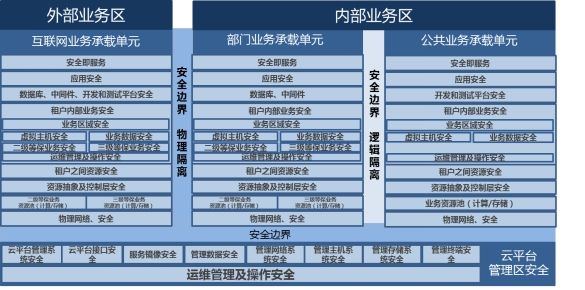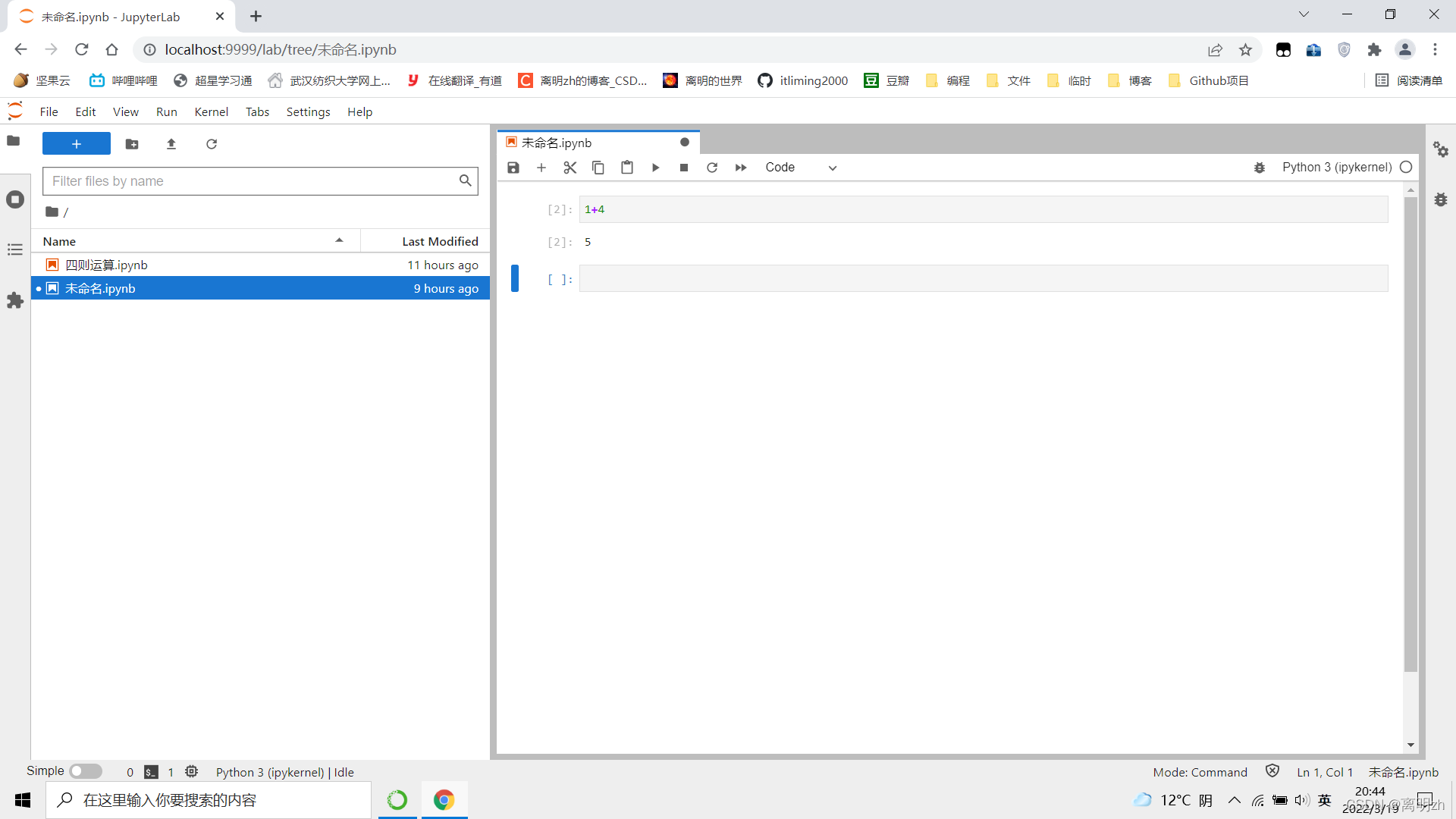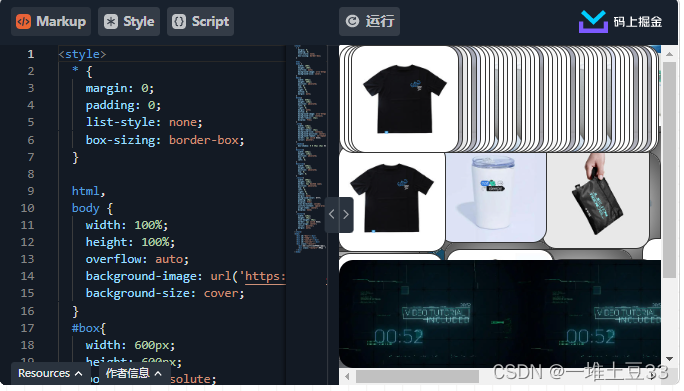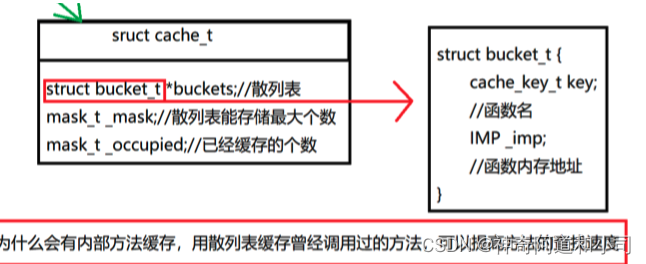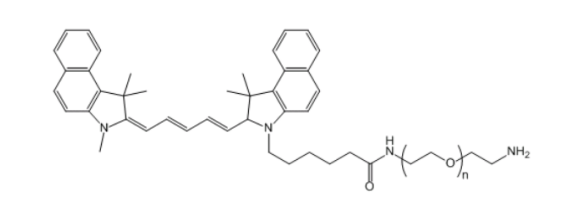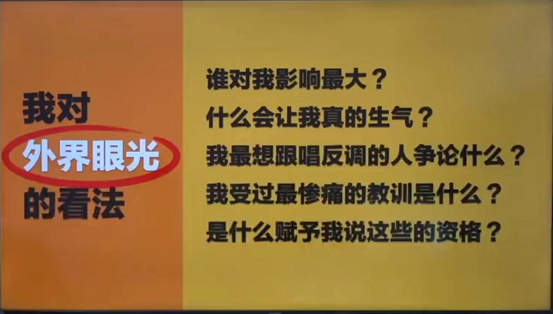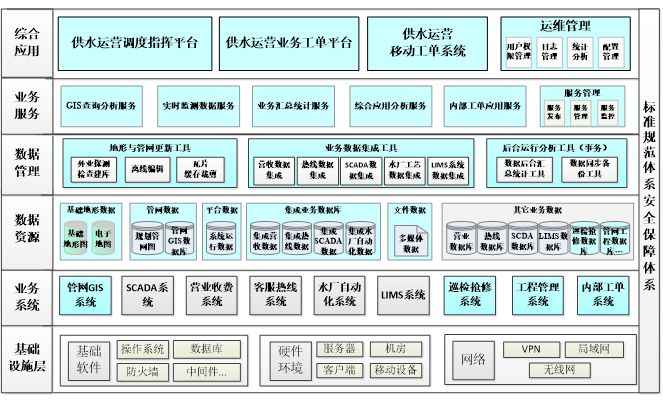热门系列:
【Java编程系列】Amazon S3实现文件上传下载
目录
热门系列:
1、前言
2、Minio实战代码
2.1 Minio环境部署
2.2 Minio的Sdk对接实现
2.2.1 Minio Maven依赖
2.2.2 minio配置与初始化
2.2.3 上传文件
2.2.4 下载文件
2.2.5 生成文件预签名url
2.2.6 文件永久性访问实现
2.2.7 删除文件
2.2.8 其他操作
3、总结
1、前言
最近给一个租户做minio的独立存储部署,使用过程中,有了一点使用心得,做一个记录分享,希望可以帮到有需要的朋友~~~
2、Minio实战代码
2.1 Minio环境部署
进入下载链接:https://dl.min.io/server/minio/release/ ,按需下载对应版本后,安装完毕即可。装载完成,启动minio后,可以直接打开对应的可视化界面,输入http://ip:9000/,如下图,表示部署安装成功啦(安装细节在本文展开,不清楚的童靴请搜索一下):
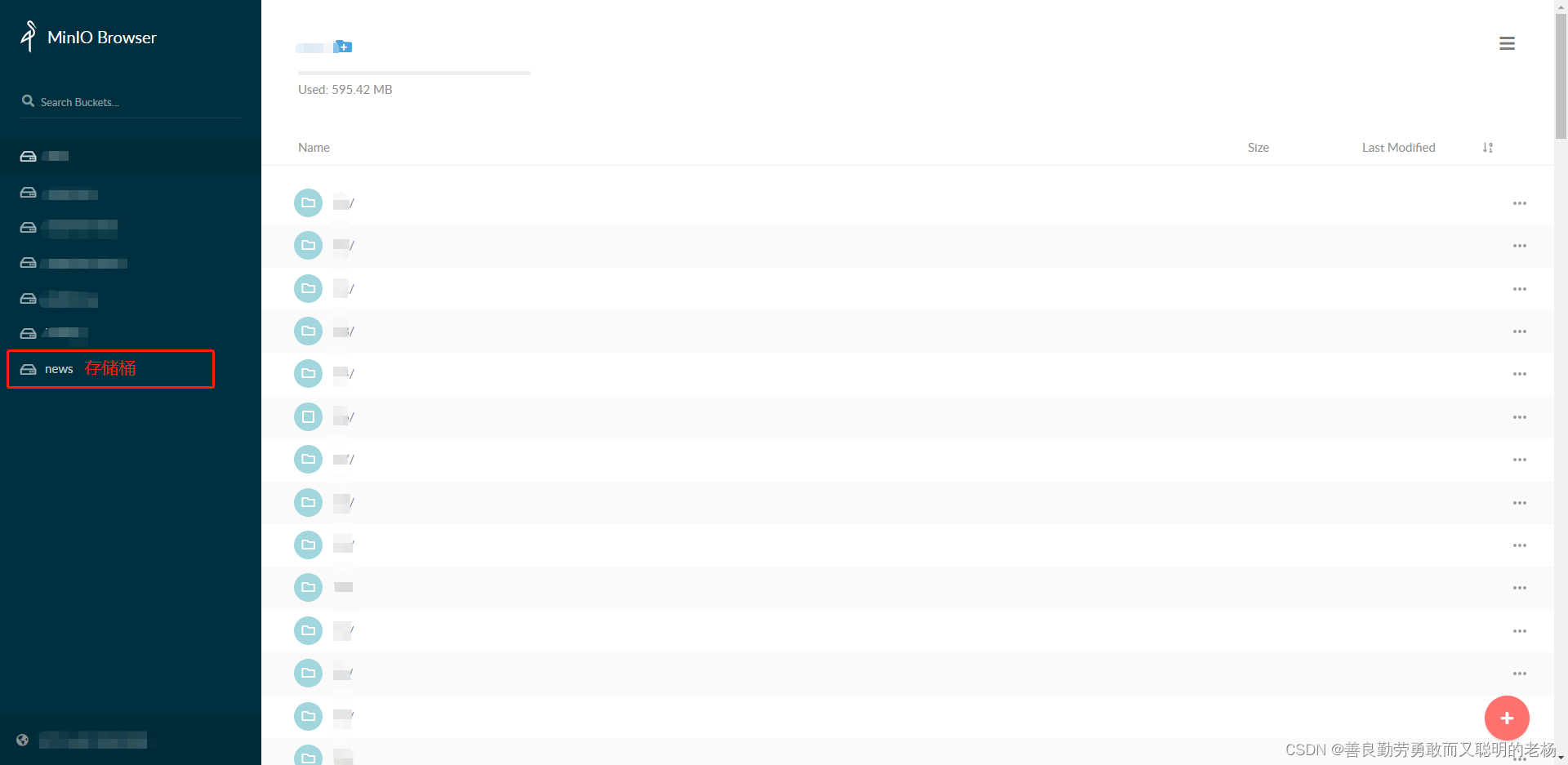
2.2 Minio的Sdk对接实现
2.2.1 Minio Maven依赖
引入相关java sdk所需依赖:
<dependency>
<groupId>io.minio</groupId>
<artifactId>minio</artifactId>
<version>8.2.2</version>
</dependency>
2.2.2 minio配置与初始化
先设置minio的一些配置信息:
minio:
url: http://127.0.0.1:9000 #安装minio的服务器ip
bucket: news #创建的存储桶名称(可界面创建,亦可sdk代码创建)
accessKey: testkey #minio登录账号
secretKey: testpassword #minio登录密码通过配置类读取配置信息,为后续使用做准备:
package ***.***.***.***.configure;
import lombok.Data;
import org.springframework.boot.autoconfigure.condition.ConditionalOnProperty;
import org.springframework.boot.context.properties.ConfigurationProperties;
import org.springframework.context.annotation.Configuration;
@Data
@Configuration
@ConfigurationProperties(prefix = "minio")
public class MinioProperties {
private String accessKey;
private String secretKey;
private String url;
private String bucket;
}
初始化minio客户端:
package ***.***.***.utils;
import ***.***.***.MinioProperties;
import io.minio.BucketExistsArgs;
import io.minio.GetObjectArgs;
import io.minio.MakeBucketArgs;
import io.minio.MinioClient;
import io.minio.PutObjectArgs;
import io.minio.RemoveObjectArgs;
import io.minio.errors.ErrorResponseException;
import io.minio.errors.InsufficientDataException;
import io.minio.errors.InternalException;
import io.minio.errors.InvalidResponseException;
import io.minio.errors.ServerException;
import io.minio.errors.XmlParserException;
import org.springframework.beans.factory.annotation.Autowired;
import java.io.IOException;
import java.io.InputStream;
import java.security.InvalidKeyException;
import java.security.NoSuchAlgorithmException;
public class MinioClientUtil {
@Autowired
private MinioProperties properties;
private MinioClient client;
//初始化minio client
private void init() throws NoSuchAlgorithmException, InvalidKeyException, IOException,
InvalidResponseException, InsufficientDataException, ServerException, ErrorResponseException,
XmlParserException, InternalException {
if (null != client) {
return;
}
client = MinioClient.builder()
.endpoint(properties.getUrl())
.credentials(properties.getAccessKey(), properties.getSecretKey())
.build();
makeBucket(properties.getBucket());
}
//创建自定义的存储桶
//这里只做了简单的桶存在判断,这里还可以添加设置桶的策略等
public void makeBucket(String bucket) throws IOException, InvalidKeyException, InvalidResponseException,
InsufficientDataException, NoSuchAlgorithmException, ServerException, InternalException, XmlParserException,
ErrorResponseException {
boolean bucketExist = client.bucketExists(BucketExistsArgs.builder().bucket(bucket).build());
if (!bucketExist) {
client.makeBucket(MakeBucketArgs.builder().bucket(bucket).build());
}
}
}
2.2.3 上传文件
import io.minio.BucketExistsArgs;
import io.minio.GetObjectArgs;
import io.minio.MakeBucketArgs;
import io.minio.MinioClient;
import io.minio.PutObjectArgs;
import io.minio.RemoveObjectArgs;
import io.minio.errors.ErrorResponseException;
import io.minio.errors.InsufficientDataException;
import io.minio.errors.InternalException;
import io.minio.errors.InvalidResponseException;
import io.minio.errors.ServerException;
import io.minio.errors.XmlParserException;
import org.springframework.beans.factory.annotation.Autowired;
import java.io.IOException;
import java.io.InputStream;
import java.security.InvalidKeyException;
import java.security.NoSuchAlgorithmException;
public class MinioClientUtil {
/**
* @return void
* @Description
* @Date 11:58 2022/8/19
* @Param [bucket=同名称, fileName=文件路径即名称, ins=上传的输入流, fileSize=上传的文件大小]
**/
public void uploadFile(String bucket, String fileName, InputStream ins, long fileSize)
throws IOException, InvalidKeyException, InvalidResponseException, InsufficientDataException,
NoSuchAlgorithmException, ServerException, InternalException, XmlParserException,
ErrorResponseException {
init();
makeBucket(bucket);
PutObjectArgs.Builder putObjectArgsBuilder = PutObjectArgs.builder()
.bucket(bucket)
.object(fileName)
.stream(ins, fileSize, 5 * 1024 * 1024);
client.putObject(putObjectArgsBuilder.build());
}
}
2.2.4 下载文件
import io.minio.BucketExistsArgs;
import io.minio.GetObjectArgs;
import io.minio.MakeBucketArgs;
import io.minio.MinioClient;
import io.minio.RemoveObjectArgs;
import io.minio.errors.ErrorResponseException;
import io.minio.errors.InsufficientDataException;
import io.minio.errors.InternalException;
import io.minio.errors.InvalidResponseException;
import io.minio.errors.ServerException;
import io.minio.errors.XmlParserException;
import org.springframework.beans.factory.annotation.Autowired;
import java.io.IOException;
import java.io.InputStream;
import java.security.InvalidKeyException;
import java.security.NoSuchAlgorithmException;
public class MinioClientUtil {
/**
* @return java.io.InputStream
* @Description
* @Date 12:09 2022/8/19
* @Param [bucket=存储桶名称, fileName=文件路径即名称]
**/
public InputStream download(String bucket, String fileName)
throws IOException, InvalidKeyException, InvalidResponseException, InsufficientDataException,
NoSuchAlgorithmException, ServerException, InternalException, XmlParserException,
ErrorResponseException {
init();
GetObjectArgs.Builder getObjectArgsBuilder = GetObjectArgs.builder()
.bucket(bucket)
.object(fileName);
return client.getObject(getObjectArgsBuilder.build());
}
}
2.2.5 生成文件预签名url
import io.minio.BucketExistsArgs;
import io.minio.GetObjectArgs;
import io.minio.GetPresignedObjectUrlArgs;
import io.minio.MakeBucketArgs;
import io.minio.MinioClient;
import io.minio.PutObjectArgs;
import io.minio.RemoveObjectArgs;
import io.minio.errors.ErrorResponseException;
import io.minio.errors.InsufficientDataException;
import io.minio.errors.InternalException;
import io.minio.errors.InvalidResponseException;
import io.minio.errors.ServerException;
import io.minio.errors.XmlParserException;
import io.minio.http.Method;
import org.springframework.beans.factory.annotation.Autowired;
import java.io.IOException;
import java.io.InputStream;
import java.security.InvalidKeyException;
import java.security.NoSuchAlgorithmException;
public class MinioClientUtil {
/**
* @return java.lang.String
* @Description
* @Date 12:14 2022/8/19
* @Param [bucket=存储桶名称, fileName=文件路径即名称]
**/
private String getMinioURL(String bucket, String fileName) throws IOException, NoSuchAlgorithmException, InvalidKeyException, InvalidResponseException, ServerException, XmlParserException, InternalException, InsufficientDataException, ErrorResponseException {
if (null == client) {
init();
}
GetPresignedObjectUrlArgs build = GetPresignedObjectUrlArgs.builder()
.method(Method.GET)
.bucket(bucket)
.object(fileName)
.expiry(60 * 60 * 24) //生成的预签名url可访问的有效时间,最大期限7天
.build();
return client.getPresignedObjectUrl(build);
}
}2.2.6 文件永久性访问实现
这里做永久访问有效实现,是为了应对一种场景。例如,我们的图片文件,需要直接通过url(非下载后)可显示或打开,在系统用户头像这里,就可能会要求如此实现。因此,我们需要保证我们生成的图片url只可以直接访问的。
但是,通过上述预签名url的生成方式,有一个最大时效7天的限制,所以此方式暂不考虑。
minio其实也提供了,文件直接通过ip端口或域名的方式访问的,即用url访问minio存储桶中的文件。要想能直接通过自己定义的 ip+端口+图片路径 来访问的话,需要将minio指定存储桶的访问策略调整一下,如下图所示:
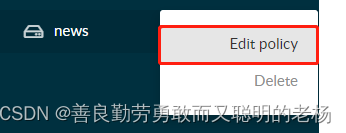

点击add,策略选Read Only就行了,就可以访问了。

然后,通过 http://ip:9000/同名/文件路径及名称 的URL形式,就可以永久访问到这个图片文件啦~~
这里有一个访问形式上的微调,可能有的系统,是使用域名访问的,这个时候域名的一些端口都是通过nginx指定统一了,那这个时候,对于minio如果需要使用域名访问,则需要把nginx再指定配置一下,就可以啦!
2.2.7 删除文件
import io.minio.BucketExistsArgs;
import io.minio.GetObjectArgs;
import io.minio.GetPresignedObjectUrlArgs;
import io.minio.MakeBucketArgs;
import io.minio.MinioClient;
import io.minio.PutObjectArgs;
import io.minio.RemoveObjectArgs;
import io.minio.errors.ErrorResponseException;
import io.minio.errors.InsufficientDataException;
import io.minio.errors.InternalException;
import io.minio.errors.InvalidResponseException;
import io.minio.errors.ServerException;
import io.minio.errors.XmlParserException;
import io.minio.http.Method;
import org.springframework.beans.factory.annotation.Autowired;
import java.io.IOException;
import java.io.InputStream;
import java.security.InvalidKeyException;
import java.security.NoSuchAlgorithmException;
public class MinioClientUtil {
/**
* @return void
* @Description
* @Date 14:19 2022/8/19
* @Param [bucket=存储桶名称, fileName=文件路径即名称]
**/
public void delete(String bucket, String fileName) throws IOException, InvalidKeyException, InvalidResponseException,
InsufficientDataException, NoSuchAlgorithmException, ServerException, InternalException, XmlParserException,
ErrorResponseException {
init();
client.removeObject(RemoveObjectArgs.builder().bucket(bucket).object(fileName).build());
}
}2.2.8 其他操作
以上就为minio的主要操作sdk的实现了。另外有一个操作,这边就不一 一列举了。例如
获取桶对象、桶列表、存储文件列表等等,可以自行按需实践一番~~~
3、总结
在使用minio的过程中,发现了几处需要注意的点:
1、minio在同一路径下的文件,如果名称相同,则会被覆盖掉。所以,建议可以考虑加文件前加:yyyy-MM-dd/时间戳-文件名 的方式来实现区分存储
2、minio对于存储文件的单个文件的大小,暂无明确大小上限,一个对象文件可以是任意大小,从几 kb 到最大 5T 不等
最后,对于minio的加密处理方式,暂时还没有研究完,可能后续补充完善。
对博文内容有疑问的地方,欢迎下方留言讨论,看到必回复大家~~~~


